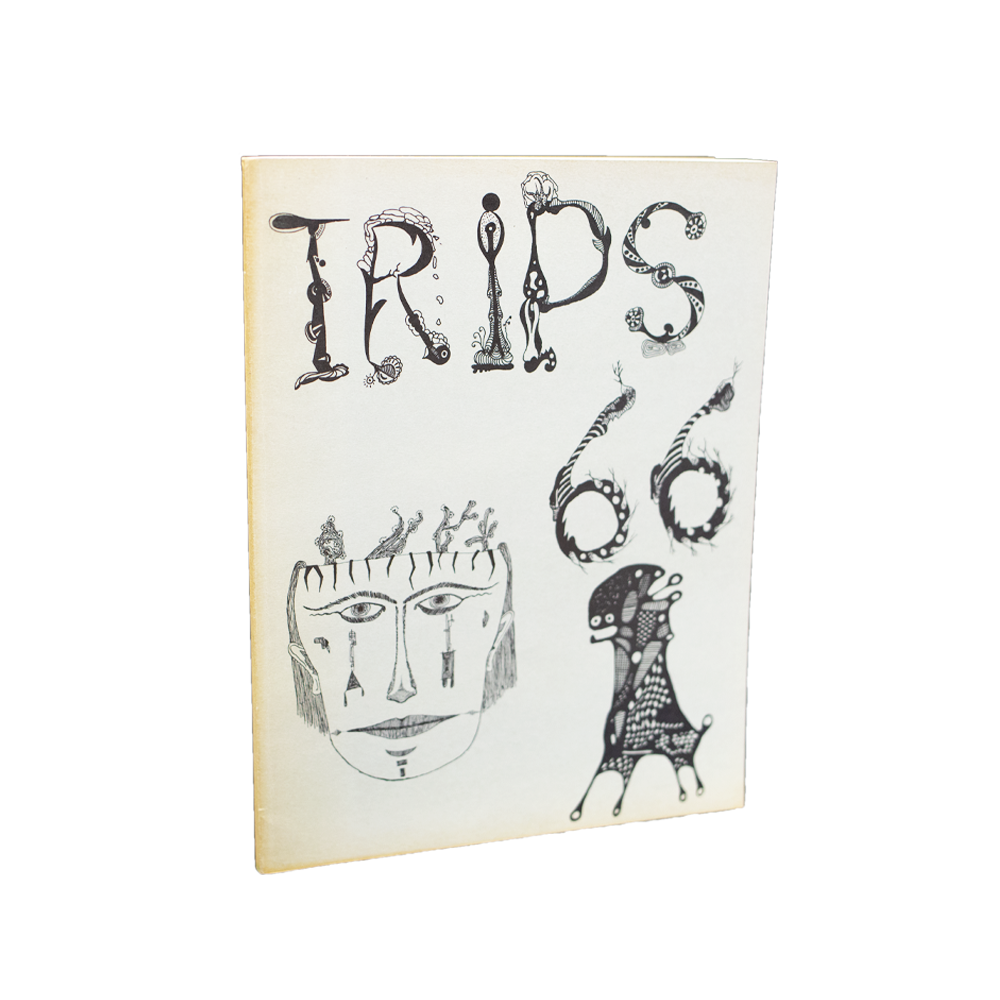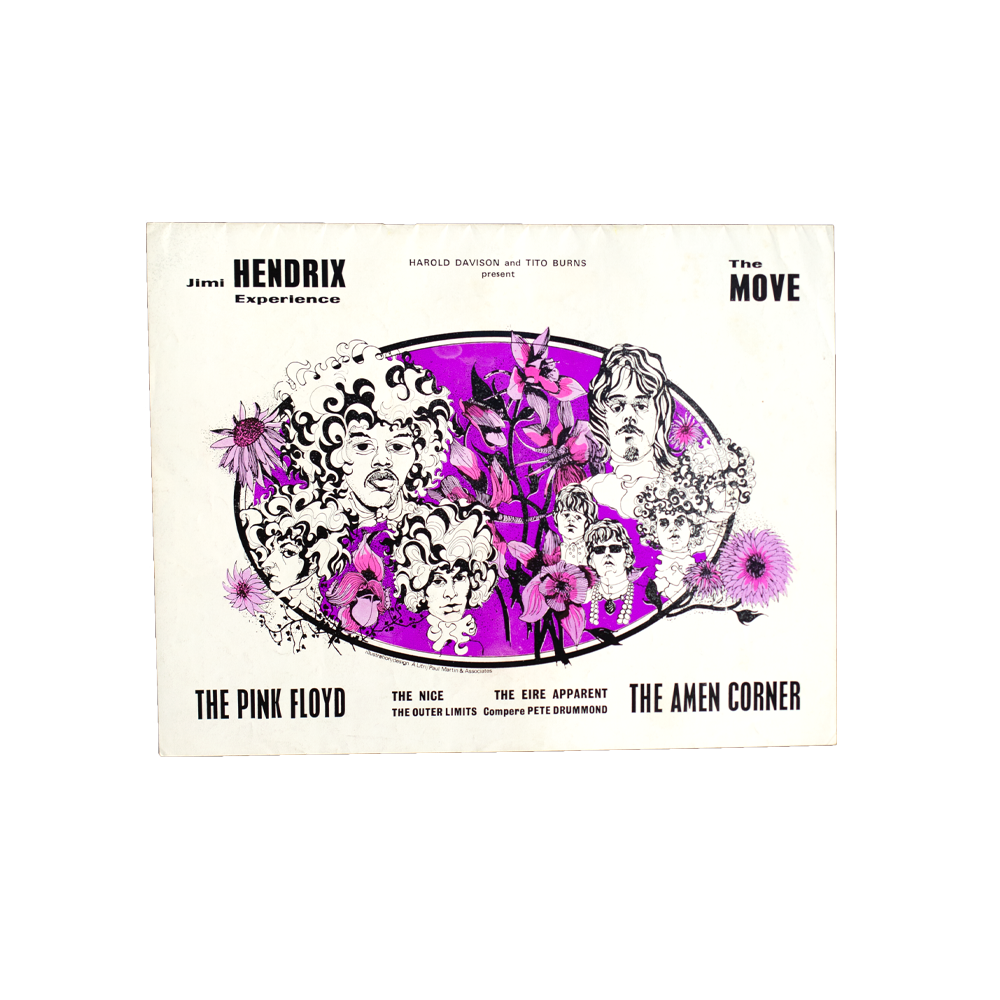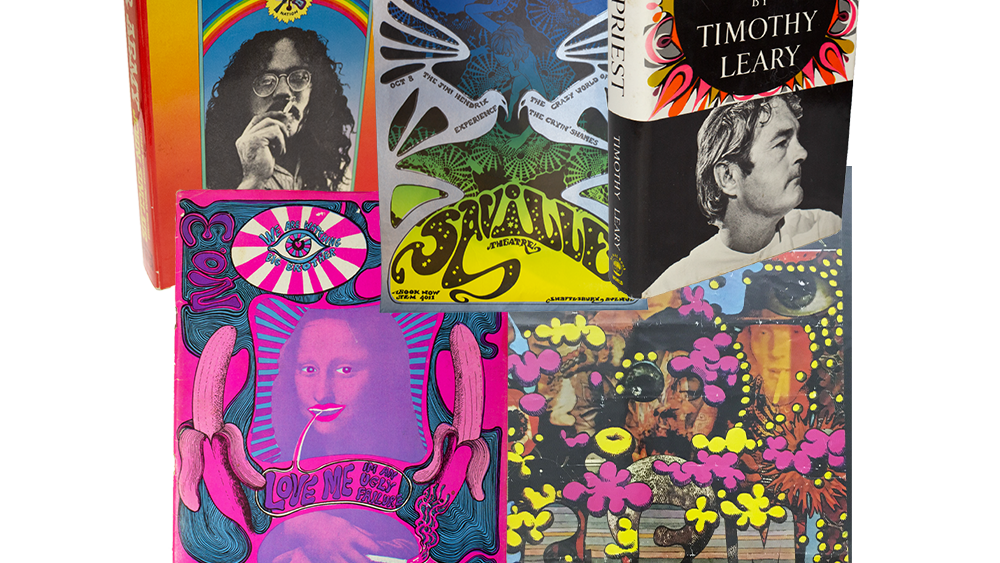The Swingin’ Sixties. The Age of Aquarius. The Hippie Decade. No one title seems to perfectly define the 1960s. It was a period of dramatic societal change, particularly in the western world. Many factors were at play — the Vietnam war, moon landing, John F. Kennedy and Martin Luther King Jr.’s assassinations are just a few examples. Revolution was on the collective mind. Of course, there was something else at play, too… psychedelic drugs. Indeed, another of the era’s monikers is the Psychedelic 60s. Its role in the cultural milieu has been well documented, as has its impact on music. Today we’ll focus on the latter and highlight some of the artists who became synonymous with the mind-expanding qualities of psychedelics.
The Come Up

In 1966, drug-inspired music coming out of California was dubbed “psychedelic rock,” which would dominate much of the decade. Ironically, that same year one of the driving forces, LSD, was made illegal in the state. Nevertheless, it had already done its job in transforming the hippie movement into something much more colorful and explorative. In the Bay Area, people like Ken Kesey were having “acid tests” with the Grateful Dead as a house band — and before long, other far-out bands like the 13th Floor Elevators, The Doors, The Byrds and The Velvet Underground were making psychedelic music mainstream. Diverse arrangements, washed-out and distorted guitars, trippy effects and bizarre lyrics were all part of their psychedelic sound.
Psychedelic music was such a potent force it had also hopped across the country, spreading into Europe and beyond. The Beatles, of course, were at the forefront of the psychedelic movement, beginning with their sound-shifting Rubber Soul (an album which partly inspired Brian Wilson in writing Pet Sounds). However one band soon would become synonymous with psychedelic rock.
Pink Floyd Takes Center Stage

While the Beatles would write seminal albums in the genre, Pink Floyd emerged as the star of the British psychedelic music scene. Pink Floyd’s first album, The Piper at the Gates of Dawn offered several groundbreaking and hypnotic acid-rock tracks that became instant classics. Prior to the album release, the band headlined a massive counterculture fundraiser concert in London called the 14-Hour Technicolor Dream. British avant-garde psychedelic band Soft Machine and counterculture icons, including John Lennon, Yoko Ono and Andy Warhol, also appeared at the concert.
Then there’s the story of Syd Barrett and his misadventures with LSD. Although he was a founding member and wrote much of the band’s early music, he quickly became a casualty of the decade. Pink Floyd would move on from the drug, perhaps forever influenced by its use, but their music and image was forever impacted by this chaotic and creative period.
Decline
In the last years of the ’60s, as LSD became illegal and the hippie movement faded, the cultural music scene began to shift once again. The 1969 Woodstock music festival was the last notable performances in the psychedelic era, featuring sets by Jimi Hendrix, The Grateful Dead, and Jefferson Airplane. That same year, Charles Manson and his followers claimed the Beatles’ song “Helter Skelter” inspired them to commit murder, which only contributed to the growing anti-hippie sentiment. Psychedelic legends Jimi Hendrix, Janis Joplin, and Jim Morrison all died of drug overdoses between 1970 and 1971. Many bands and artists who remained eventually grew and changed course, musically speaking. Hard and progressive rock began to overshadow its psychedelic precursor.
Still, the influence of the decade on future musicians and music had been firmly established. It’s period rich with incredible music and cultural relics, and the music still lives on.



Comments are closed.